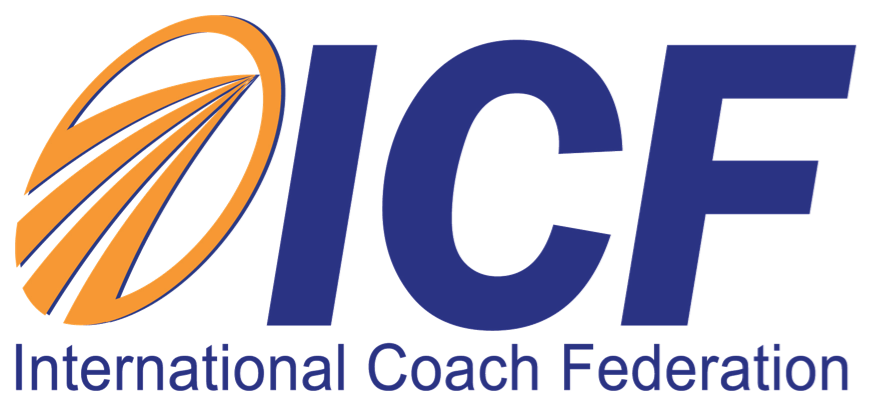Leadership has always been defined using various terms and definitions depending on the type of company, the workplace culture, and the type of personality a leader exhibits. Different leaders employ different leadership styles according to what they feel will best accompany the situation at hand and what their team will respond the best to at any given time.
In this day and age, as we begin to encounter new leadership models and situations as well as continuing to change the definition of what it means to be a leader, you may be thinking What kind of a leader am I? Which leadership style suits me and my team the best?
- Are you a leader who makes decisions based on the input of each team member?
- Are you a leader who makes decisions without taking input from anyone who reports to them?
- Do you embrace and afford nearly all authority to your team?
- Are you always “transforming” and improving upon the company’s conventions?
What are the different types of leadership styles and why in today’s environment Situational Leadership needs to always coexist with other styles?
- An authoritarian or autocratic leader directly addresses their expectations and goals to their team, strongly emphasizing their voice and the agenda of each team member. In this type of leadership, there is a clear boundary set between the leader and their team members in which the leader can make independent decisions without input from their team. In an authoritarian-style leadership, leaders inspire their team members but often leave little space for creative flow within projects. Authoritative leaders move people towards a common goal, telling their teams where they are all going, but not how they are going to get there. Authoritative leadership is often applied in situations where the leader must make quick decisions and there is a clear line of knowledge that separates them from others and their input
- A democratic or participative leader guides their team members through projects but accepts open and honest input from each member. They often encourage group members to participate in the decision making process and allow people to feel like they play an important role in the group. This allows for more creative expansion among individuals.
- A laissez-faire leader strives for their team members to lead the projects and discussions, often offering little to no guidance or agenda. This type of style is not as popular as others because it often leads to decreased productivity where each team member is not fully aware of their roles and have no motivation to contribute anything
- A transformational leader often has the characteristics of someone who is highly emotionally intelligent, passionate about each project they encounter, and looks to create serious change within the company and work culture. They are not only looking to fulfill their own independent goals and those of the companies, but they desire to help others achieve their goals along the way. This type of leadership often leads to the highest level of group satisfaction among members, as each member feels that they are being thoroughly supported by their leader
- A transactional leader sees the leader-team member relationship as follows: manager-employee, a leader being the higher role that is paying and contributing to the employee’s success in exchange for the employee turning in efficient work. This style of leadership creates clearly defined roles from the start and allows leaders to assume a full supervisor position and correct any mistakes of team members if necessary. Group members following this style of leadership may be more motivated to work productively in order to receive rewards for hard work.
A situational leader is one based on the circumstance at hand. This means that depending on environmental circumstances including market volatility, individual team members temperaments, motivators and fears, the leader may be wise to exercise a different style of leadership. In other words, the situation at hand calls for leaders to employ certain skills to move their team forward. These skills include delegating, coaching, supporting, and directing. Our greatest asset as human beings is our ability to be flexible and therefore, the world of leadership is no exception. Adhering to the masses is not what leadership is about. Adhering to the ethos of the individual moves the masses and is therefore most effective!
Email: info@centerforworklifecounseling.com
Website: https://www.centerforworklifecounseling.com
Phone: (321) 758-5161






